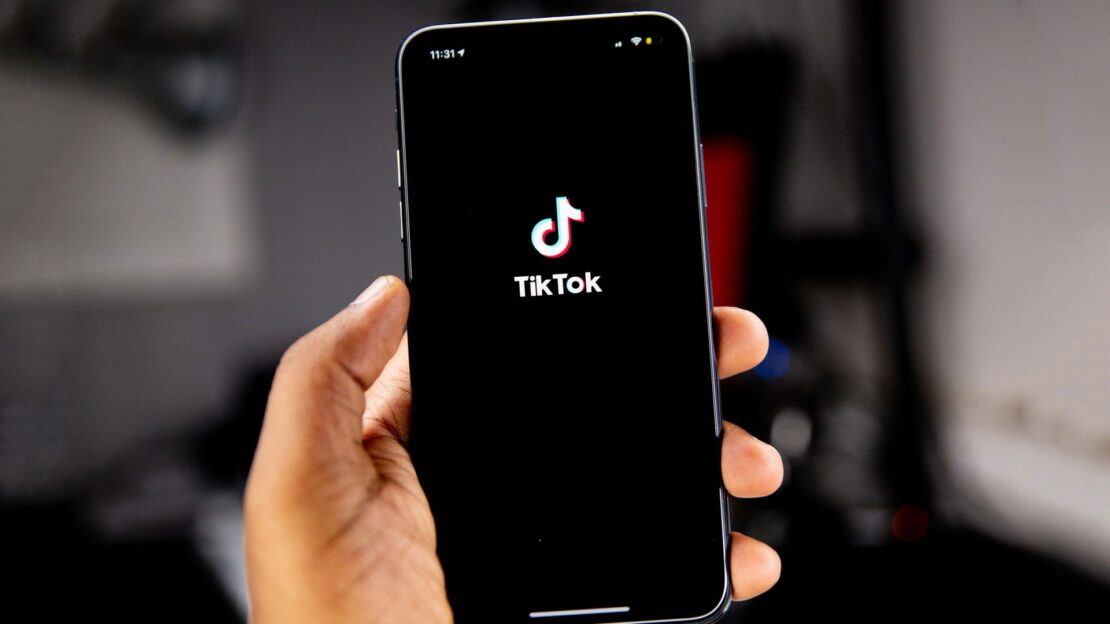Nota bene: The other half
October 6th, 2023
There are many brands who try their hand in “femvertising” or attempt to incorporate feminism and gender equality into their external comms strategies. But it is clear that most of them are failing.
As a woman, I know this. Either that brands are not aware of the risks, think too short-term or simply don’t want to recognise what gender equality and female empowerment really mean. In Trend 1 of Grayling’s #6into19 series, we detailed how taking a stand can have a positive impact on a brand’s reputation. But it’s important to choose the approach wisely. It is essential to find a connection between the brand’s or company’s purpose and the topic they want to address. As Josie Cox from The Guardian wrote: “If what you make or sell has no blindingly obvious link to women’s rights or gender equality, then please don’t try to pretend otherwise.” Because then the risk of provoking an outcry or backlash is too high. Think back to the fearless girl controversy and the US bank State Street which had to face negative feedback from the public because of the pay gap between women and men in their company.
Social and environmental aspects are difficult to approach in an authentic way from a brand angle. It’s a fine line between “crowned king of the lions” and “banished to Azkaban forever”. To tread that line successfully, there are various things that I think should be borne in mind:
First, there are brands and companies which can afford to get to the root of the problem and by that, I mean not only advertise gender equality but implement it into their management and human resource policies – of course, it is then easier to be considered authentic.
Second, there are companies who want to reflect the public discourse in their comms strategy and raise awareness about gender equality and the role of women in our society, but they have no clue how to deliver this and end up failing in a superficial attempt.
Third, there are those who want to be zeitgeisty and jump on the bandwagon.
Not that it’s a bad thing to be zeitgeisty. But to combine a difficult issue like feminism and equality with pop culture is maybe the wrong approach.
So that’s for brands and companies.
Let’s get real – as communicators, it’s our job to promote or sell our clients, their products and services. We must be pragmatic and at least in our work-life, saving the world can’t be the most important issue. This doesn’t mean that we can’t be a part of making it a better place. Therefore, here’s another thing you should think about:
Real-world and marketplace-friendly feminism. In our function as PR professionals, we’re (sadly) not taking to the streets to demonstrate, so we must face the facts– most of the time we are not actively demanding a feminist and diverse community. We are not changing the fact that women in our society are paid less, that there are a disproportionate number of men in senior positions and that there is still the issue of unpaid care work. That’s what I meant by real-world feminism.
But I’m not writing this to only list what we are NOT doing. I want to show what communications experts can and should be doing to make a difference.
As a consultant and ideas generator, you have the possibility of sharpening your client’s awareness of the female half of the world’s population. Many campaigns and ads use imagery that speaks to white middle-aged men and thus are perpetuating existing stereotypes. So, the next time you are looking for stock photos for a brochure you are developing on behalf of a client or a social media post, try for something different. Don’t just go for the typical business photos but rather source something with emotion and try including a younger and more female group. By taking a stand for equality, I would think that you would also broaden your range of stakeholders. And that, for sure, is in your client’s interests.
Also, when looking for a speaker for an event, why not go for a female expert? They exist, believe me. I’m not talking about depriving men of their voice, but if you mix it up, you’ll have many different viewpoints and that’s what makes for an interesting discussion. You can also take this one step further: Don’t only mix gender, also mix age, mix ethnicity, mix different types of work.
And if your client is, for example, a car brand and wants to embrace young female car buyers and directs an emotional spot for the Super Bowl where millions and millions of people will see it, and it then turns out that they don’t have a single woman on their executive board, maybe you should advise them to focus on something else in their external comms. Because this is what people will dig out if you put yourself in the spotlight.
I’m at the start of my PR agency career and I’m sure there will be people who think: “Yeah, we want to do these things, but our client doesn’t listen” or “that’s just not practical.” So, see it as a well-intentioned reminder from someone who isn’t wearing the blinkers of day-to-day PR work just yet.
Laura Ertl from our office in Vienna shares her thoughts on gender equality and the role of PR – follow the team on Twitter to learn more.


